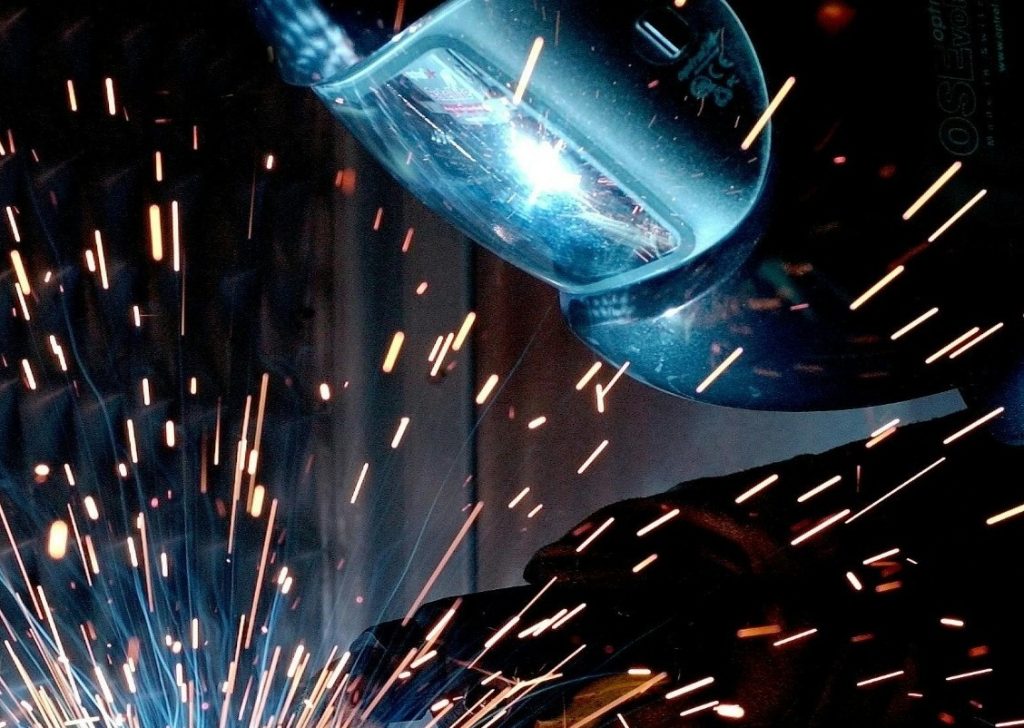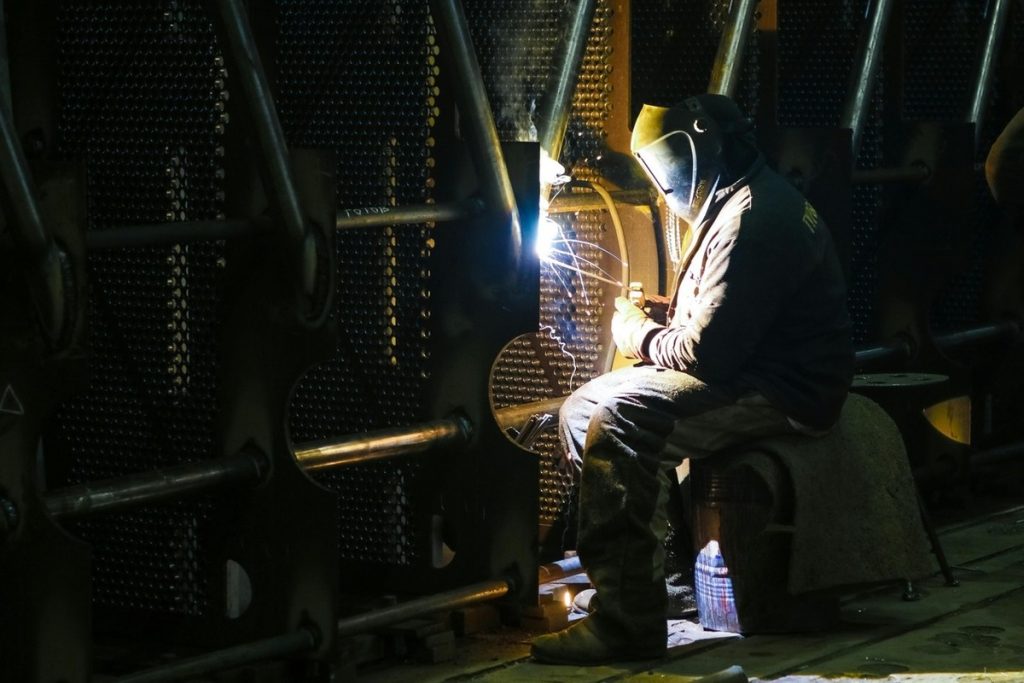Navigating the Evolving Landscape of Occupational Health and Safety: Current Developments Worldwide
In today’s fast-paced global economy, ensuring the safety and well-being of workers remains a top priority for organizations across industries. From advancements in technology to changes in regulations and growing awareness of mental health, occupational health and safety (OHS) continue to evolve rapidly. Let’s delve into some of the current developments shaping the landscape of occupational health and safety around the world, backed by relevant statistics and reputable sources.
Integration of Technology for Enhanced Safety
Technology plays a pivotal role in transforming how we approach workplace safety. Wearable devices, IoT sensors, and AI-driven solutions are revolutionizing hazard detection, risk assessment, and incident prevention. According to a report by Grand View Research, the global market for industrial safety sensors is projected to reach $4.6 billion by 2028, driven by the increasing adoption of automated safety systems in various industries. (Source: Grand View Research)

Focus on Mental Health and Well-being

Recognizing the importance of psychological well-being in the workplace, organizations are incorporating mental health initiatives into their occupational health and safety programs. According to the World Health Organization (WHO), depression and anxiety disorders cost the global economy an estimated $1 trillion annually in lost productivity. (Source: World Health Organization)
Global Standards and Certification
The adoption of international standards such as ISO 45001 for Occupational Health and Safety Management Systems is gaining momentum worldwide. As of January 2024, over 70 countries have adopted ISO 45001, providing a framework for organizations to improve workplace safety and achieve certification. (Source: ISO)

Embracing Remote Work Safety

The COVID-19 pandemic has accelerated the shift towards remote work, prompting organizations to address safety concerns in virtual work environments. According to a survey by Gartner, Inc., 82% of company leaders plan to permit remote working at least part of the time as employees return to the workplace. (Source: Gartner)
Enhancing Data-Driven Decision Making
Data analytics and key performance indicators (KPIs) are increasingly being utilized to monitor safety performance, identify trends, and drive continuous improvement. According to a survey conducted by EHS Today, 73% of organizations report using data analytics to improve safety performance. (Source: EHS Today)

Regulatory Updates and Compliance

Governments worldwide are updating occupational health and safety regulations to address emerging risks and ensure compliance with evolving workplace dynamics. For instance, the European Union’s Directive 2019/983 introduced new measures to protect workers from exposure to hazardous chemicals, impacting industries across Europe. (Source: European Commission)
Conclusion
As we navigate the ever-changing landscape of occupational health and safety, it’s imperative for organizations to stay informed about the latest developments, leverage technological advancements, prioritize employee well-being, and remain compliant with regulatory standards. By embracing these trends and initiatives, we can create safer, healthier, and more productive workplaces for all.
References:
- Grand View Research – Industrial Safety Sensors Market
- World Health Organization – Depression and Anxiety Cost
- ISO – ISO 45001: Occupational Health and Safety
- Gartner – Remote Work Survey
- EHS Today – The Value of Data Analytics in Safety
- European Commission – Directive 2019/983
